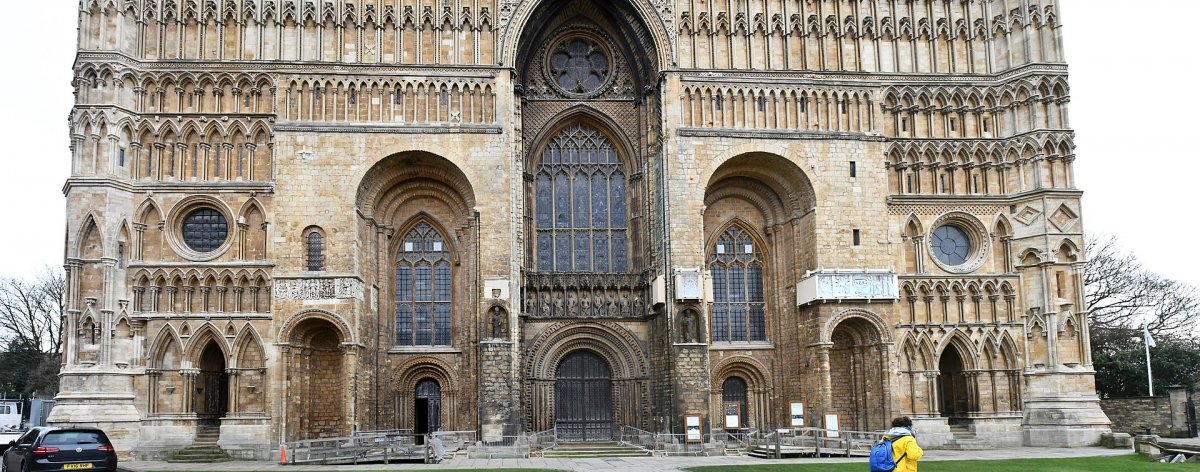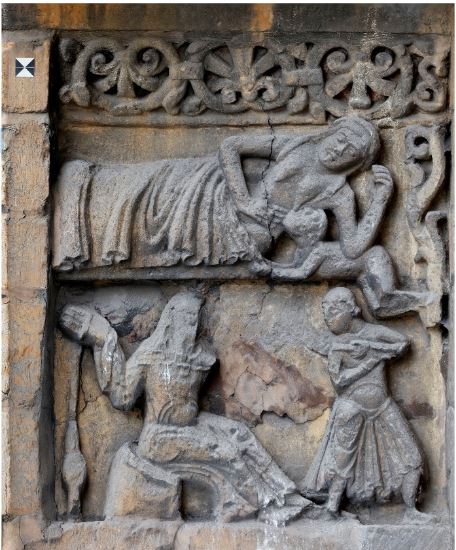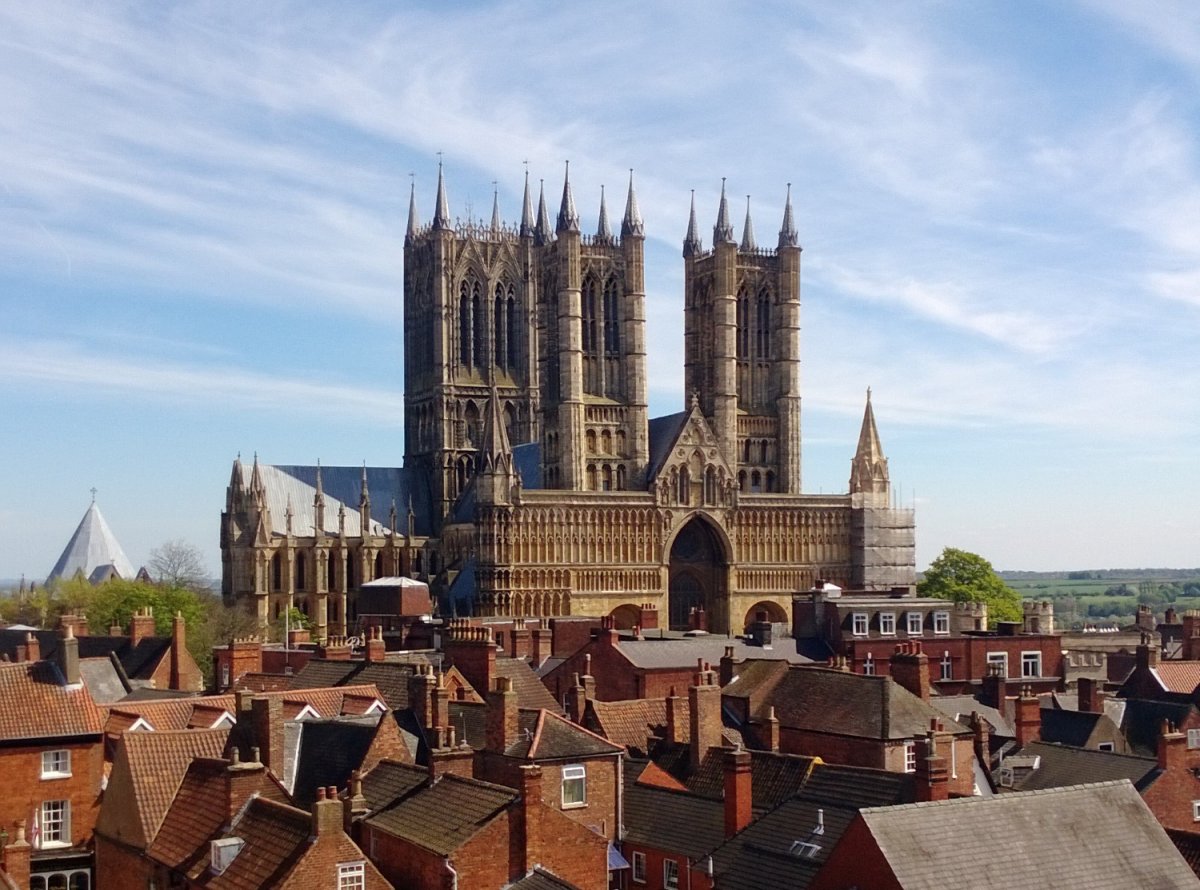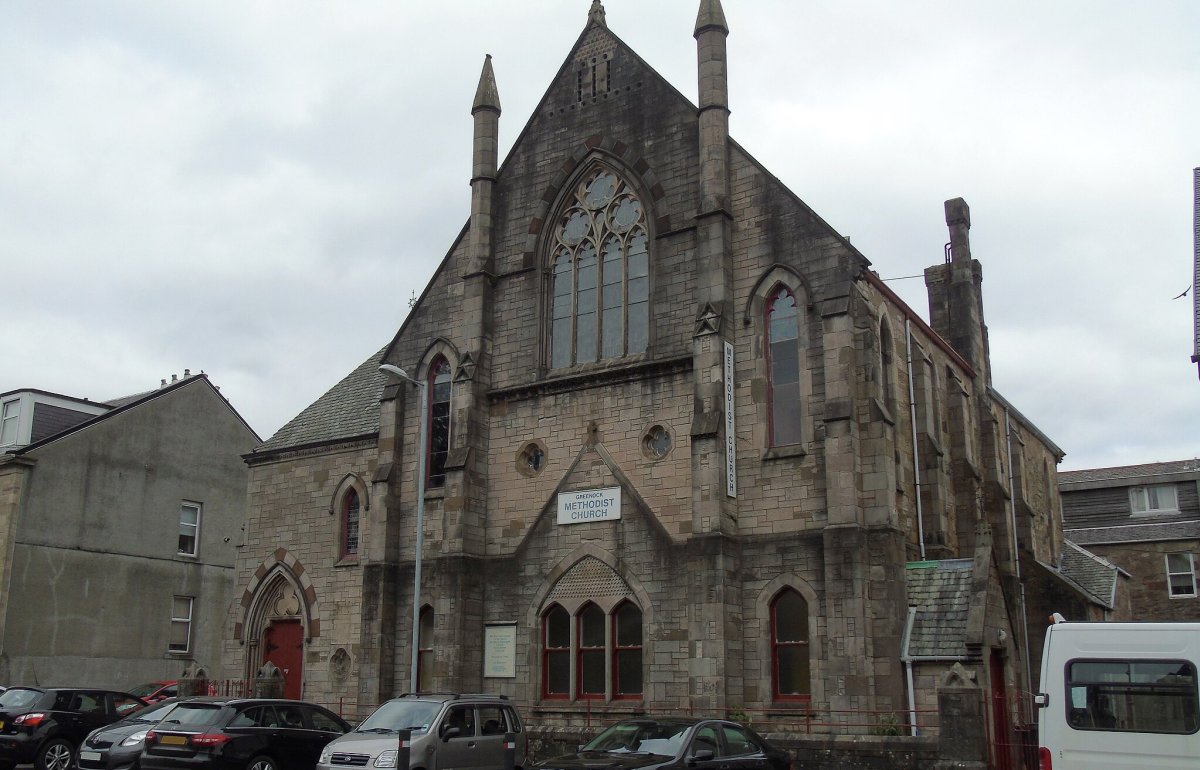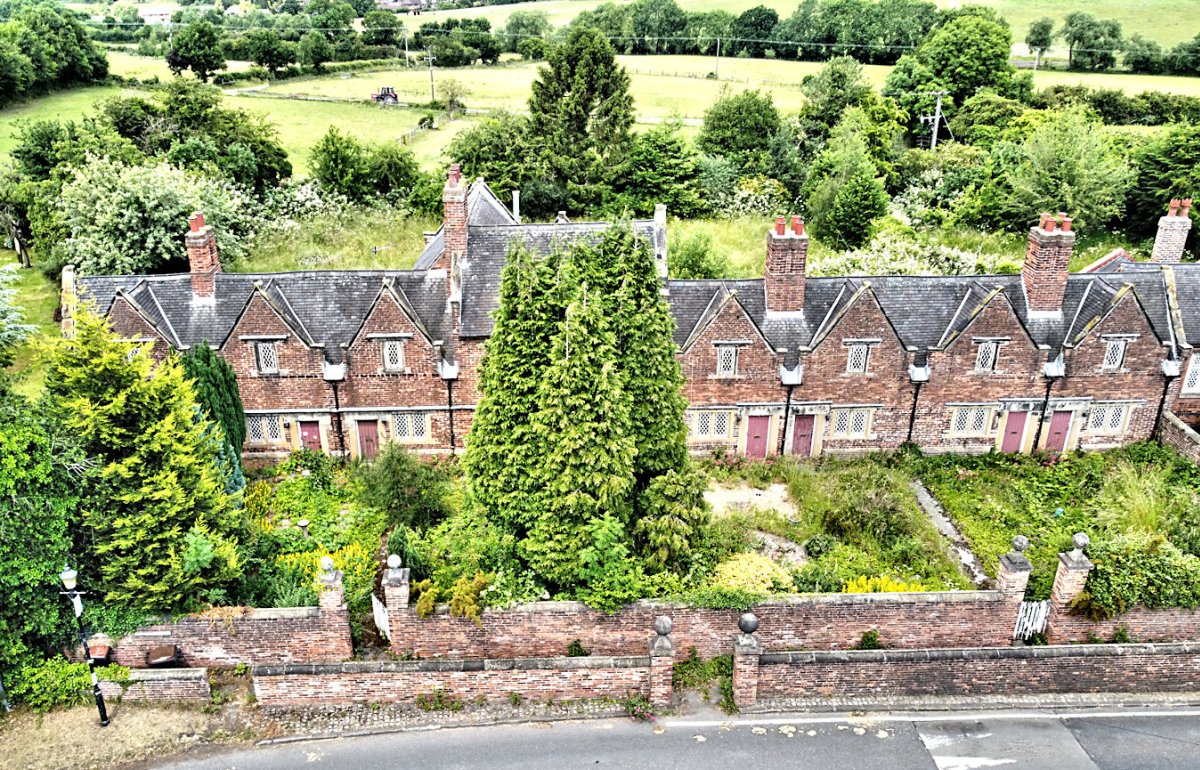Building of the month: Lincoln Cathedral
Share on:
To John Ruskin Lincoln Cathedral was “the most precious piece of architecture in the British Isles”. One of its most celebrated features is the carved Romanesque frieze on the façade and we are deeply concerned about its future.
The issues raised by the ongoing works to the frieze go to the heart of the SPAB Approach. Is it better to keep these fragile, ancient carvings on the building for which they were created, or to house sections of the frieze in better conditions - but where they cease to be part of the structure?
The SPAB was saddened when the north run of the frieze was replaced with replicas in 2001, leaving only one panel (an 18th century ‘copy’) in situ. We have never been persuaded by this approach and have long advocated for in-situ conservation of the frieze panels.
The West Front of Lincoln Cathedral in February 2018 / CC BY 2.0 credit: Jules & Jenny from Lincoln, UK
There is no perfect solution to the conservation of the frieze but we feel strongly that the best balance between protection and public enjoyment of the building’s beauty can be offered by in situ repairs. We have always believed that marks of ageing bring special qualities to a building – what Ruskin called “that golden stain of time” – and any loss can be mitigated through recording and conservation techniques.
We recently commented on proposals to replace a panel on the southern run of the frieze (otherwise complete) with a copy carving. The section of the frieze in question, Panel 11, is in two parts. The upper part of the panel shows Eve with a baby at her breast, probably Abel. The lower part of the panel shows an older Abel helping his mother in the task of spinning, a scene which is thought to be unique.
Panel 11 before cleaning. Credit: FAS heritage
The Cathedral and their specialist advisors have undertaken excellent work to better understand the sculptures, but in our view, the approach to their conservation lacked both a philosophical underpinning and - aa comprehensive examination of all possible options. The latest application to replace Panel 11 with a copy carving leaves us deeply disappointed again. Having reluctantly accepted the Cathedral’s argument that the original panel could not be reinstated post-conservation owing to its fragile condition, we have suggested that either a blank panel or a wholly new carving would be more fitting, and in the case of the latter, would allow the Cathedral to add a new meaningful layer to the building.
The Cathedral Fabric Commission will consider the case at its next meeting.
Read more about the background of this complex and challenging case.
Lincoln Cathedral from the Castle Walls / CC SA 3.0 credit Craig.starbuck
Sign up for our email newsletter
Get involved

